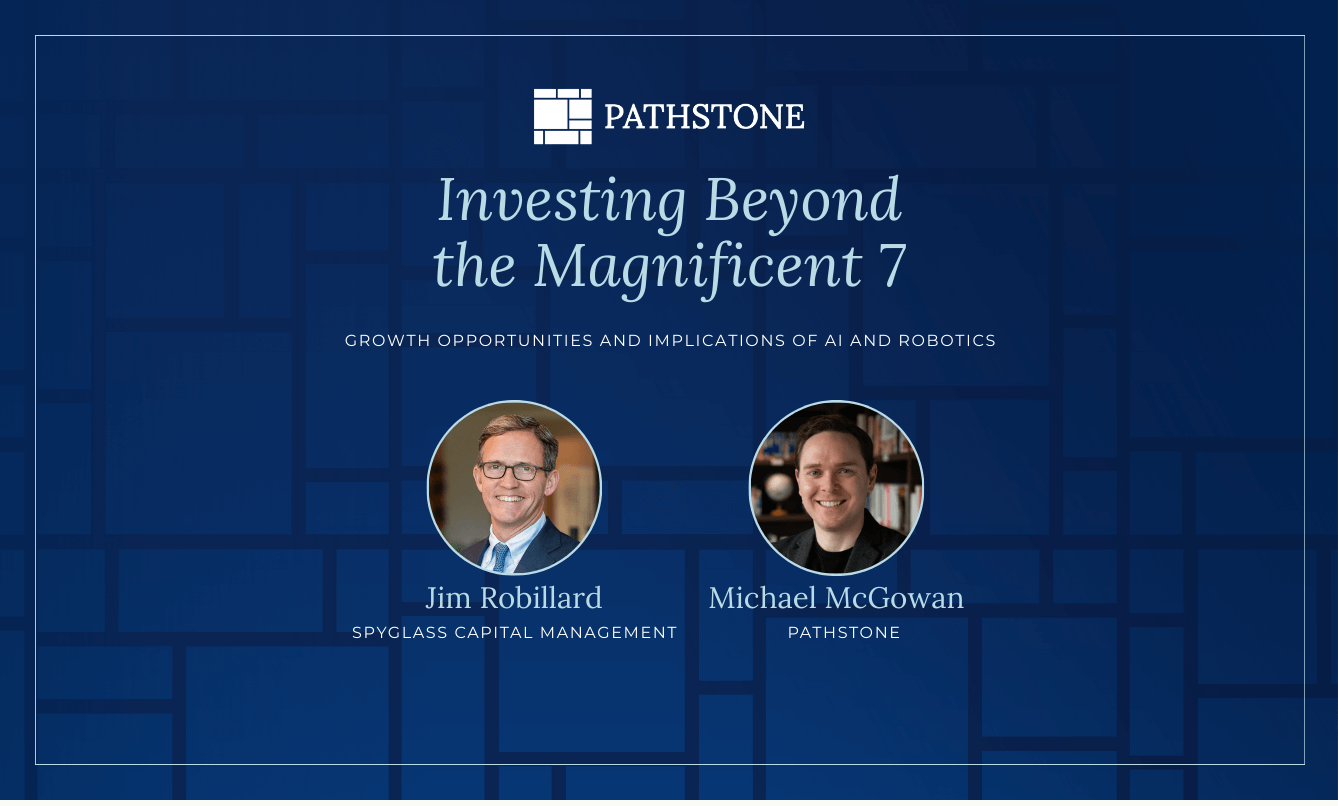By David Kahn and Alexander Hart
Passive, ETF based portfolio strategies may be supplanted by a New Paradigm that offers a superior combination of cost, tax-efficiency and customization.
In the constantly evolving landscape of personal finance, one trend has persisted – the increasing popularity of passive investing. What started as a simple concept championed by the late John Bogle of Vanguard has become a tidal wave of enthusiasm across virtually every asset class. Passive instruments (index-based mutual funds and exchange-traded funds, or ETFs) now represent the core building blocks of many “modern” portfolios.
The basic premise behind passive investing is the somewhat antithetical notion that being average is a good thing. While many investors assume a Lake Wobegon set of rose-colored glasses, a bevy of academic research confirms that being average (matching the performance of an index) actually results in performance comfortably above the median. This paper provides a statistical backdrop of the dominance of passive investing, illustrates how passive tools have become the bedrock of a new method of portfolio construction for taxable investors, and then offers an alternative approach that may provide investors with even better outcomes over time.








